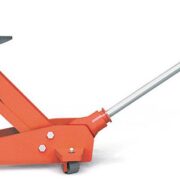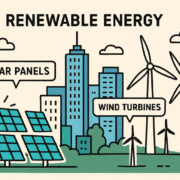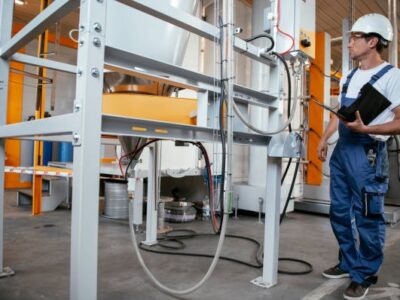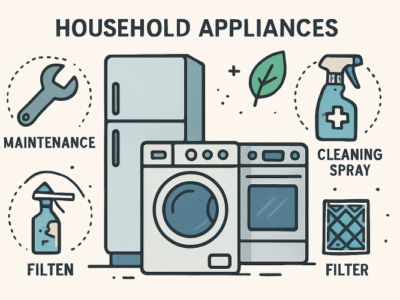Are you looking for ways to cut down your energy bills or reduce your carbon footprint? Energy monitoring is the key to understanding how, where, and when you use power.
By tracking energy consumption, you can identify waste, lower costs, and make smarter choices about your energy use. Whether you’re a homeowner or business owner, learning how to monitor energy can lead to big savings and a more sustainable lifestyle.
In this guide, we’ll break down everything you need to know.
Types of Energy Monitoring Systems
Energy monitoring systems come in a variety of forms. Smart meters give real-time information about how much power homes and businesses use. Sub-meters, on the other hand, keep track of how much energy is used in certain places or by certain gadgets.
Plug-in energy trackers are good for keeping an eye on specific equipment. People often use these at home to check how much power certain gadgets need. Whole-building tracking systems keep track of all the energy used in big buildings and give a lot of information.
Key Metrics in Energy Monitoring
Kilowatt-hours (kWh) measure how much energy is used over time. This is a common unit for tracking energy consumption in homes and businesses. Wattage shows the rate at which power is consumed.
Voltage and amperage provide details on electrical pressure and current flow. The power factor indicates how efficiently energy is being used. Together, these metrics give a full picture of energy use and efficiency.
Tools and Technologies in Energy Monitoring
Internet of Things (IoT) devices allow for smart, connected energy monitoring. These devices send real-time data to users and can control energy use remotely. Cloud-based solutions let users access energy data from anywhere.
Machine learning algorithms help detect energy use patterns. These systems can even predict future consumption. Energy Management Systems (EMS) track usage across large facilities, providing detailed insights.
Choosing the Right Energy Monitoring Solution
Choosing the right energy monitoring solution depends on the scale of energy use. Large facilities need more complex systems that can track energy across multiple areas. Homes and small businesses may benefit from simpler tools.
Budget is also a key factor in choosing a solution. Some systems offer advanced features but come with higher costs. Consider user-friendliness and support when selecting a monitoring system.
Steps to Implement Energy Monitoring
The first step to implementing energy monitoring is conducting an energy audit. This helps identify areas of waste and sets a baseline for improvement. After the audit, choose the right monitoring tools for your needs.
Once the tools are selected, install sensors and monitoring devices. If your system requires more precise and detailed measurements, consider reliable power analyzers for professionals. A portable power analyzer is designed for accurate energy data collection in complex or large-scale operations.
Then, monitor the data regularly to track usage and spot inefficiencies. Finally, take action based on the data to reduce energy consumption.
Energy Monitoring Made Simple for Smarter Consumption
Energy monitoring is an essential tool for managing and improving energy usage. It provides valuable data that helps people and businesses make informed decisions. By tracking energy use, it leads to greater efficiency and lower costs.
As technology advances, power measurement tools will continue to evolve. It will become even more integrated into daily operations, making energy management easier for everyone.
We hope you enjoyed reading this article. If you found it helpful, be sure to check out our blog for more informative resources.














Comments